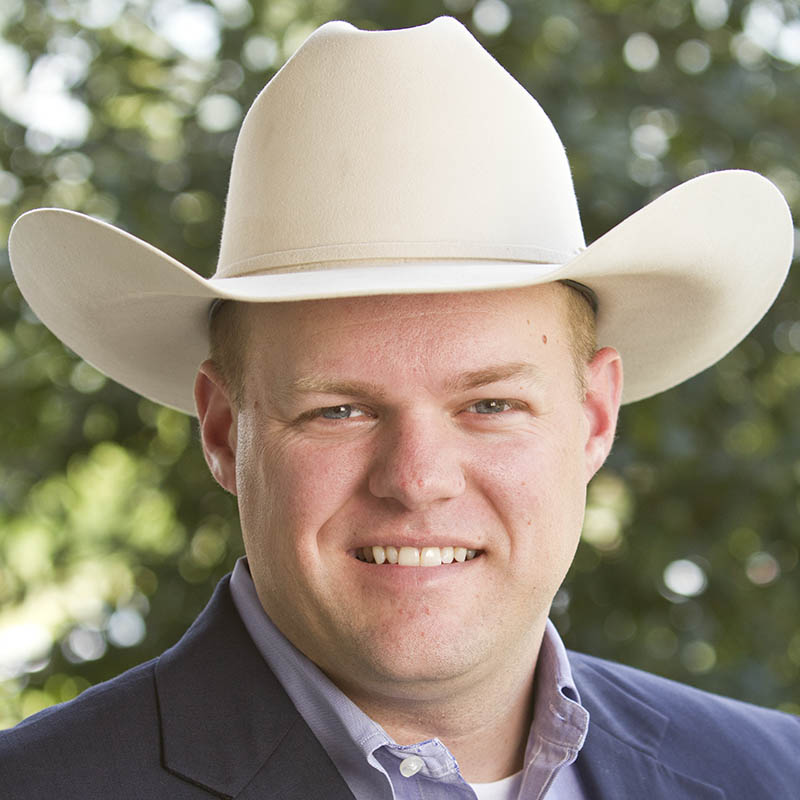Most cattle producers know that the textbook gestation length of beef cattle is 283 days. Most also realize that biology is variable, and predicting the exact day of natural birth in most mammalian species is very difficult to do. However, some producers seem to forget these biological laws when using new technology in their breeding programs. Many producers associate artificial insemination (AI) with the cow herd behaving in very regimented and predictable ways.
We often recommend that Noble Research Institute consultation clients implement a timed AI program, in which a large group of heifers is synchronized and inseminated on a single day. Some producers hesitate to implement such a system because they envision the resulting calf crop being born on a single day and creating a problem if the heifers require calving assistance. Fortunately, biological variability takes care of this potential problem.
Figure 1 illustrates the calving distribution from a cooperator’s herd in which all heifers received AI on April 3. The red bars represent the number of AI-sired calves that were born on each day. Even though the AI-sired calves were all conceived on the same day, they were born across a span of 28 days, from Dec. 29 to Jan. 26. This equates to an observed gestation length from 270 to 298 days, with a weighted average gestation length of 279 days. The majority (85 percent) of the AI-sired calves were born within 10 days of one another, from Jan. 3 to Jan. 13. The most active calving day was Jan. 7 (day 279) on which 14 percent of the AI-sired calves were born.
If this producer had assumed the gestation length of each heifer would be 283 days, he would have expected these heifers to calve on Jan. 11. However, 73 percent of the calves were born prior to that date. The AI bull these heifers were bred to was selected because of his proven calving ease, which could be a result of short gestation length. This data illustrates the need for producers to plan for variability in gestation length when implementing an AI program. Producers should have all of their pre-calving preparations completed and be ready for calves 14 days prior to the “expected” calving date.
Artificial insemination in a commercial beef production system has advantages and disadvantages. Implementation of AI helps a producer better manage the calving season. AI bulls typically have superior, more predictable genetic value compared to herd bulls and sire better-performing calves. Individual bulls can be selected for specific matings to improve desired traits in part of the cow herd, or a single bull can be chosen to sire the entire calf crop. This would tend to increase uniformity, thereby increasing overall value of the calf crop. Artificial insemination can also be beneficial to smaller-scale producers where the upkeep and management costs of a herd bull are not economically feasible. Some disadvantages of AI may include the cost of semen or labor. A considerable amount of handling of the cattle is necessary and adequate working facilities are required for artificially inseminating cattle. Finally, if the cows aren’t synchronized, the producer must spend considerable time each day detecting cows that are coming into heat and are ready to be bred.
AI might not be the right choice for every producer, but more producers should consider the benefits of an AI program for their replacement heifers. A timed AI program has much lower labor requirements than traditional AI, and it doesn’t result in all the calves being born on the same day.


Comment